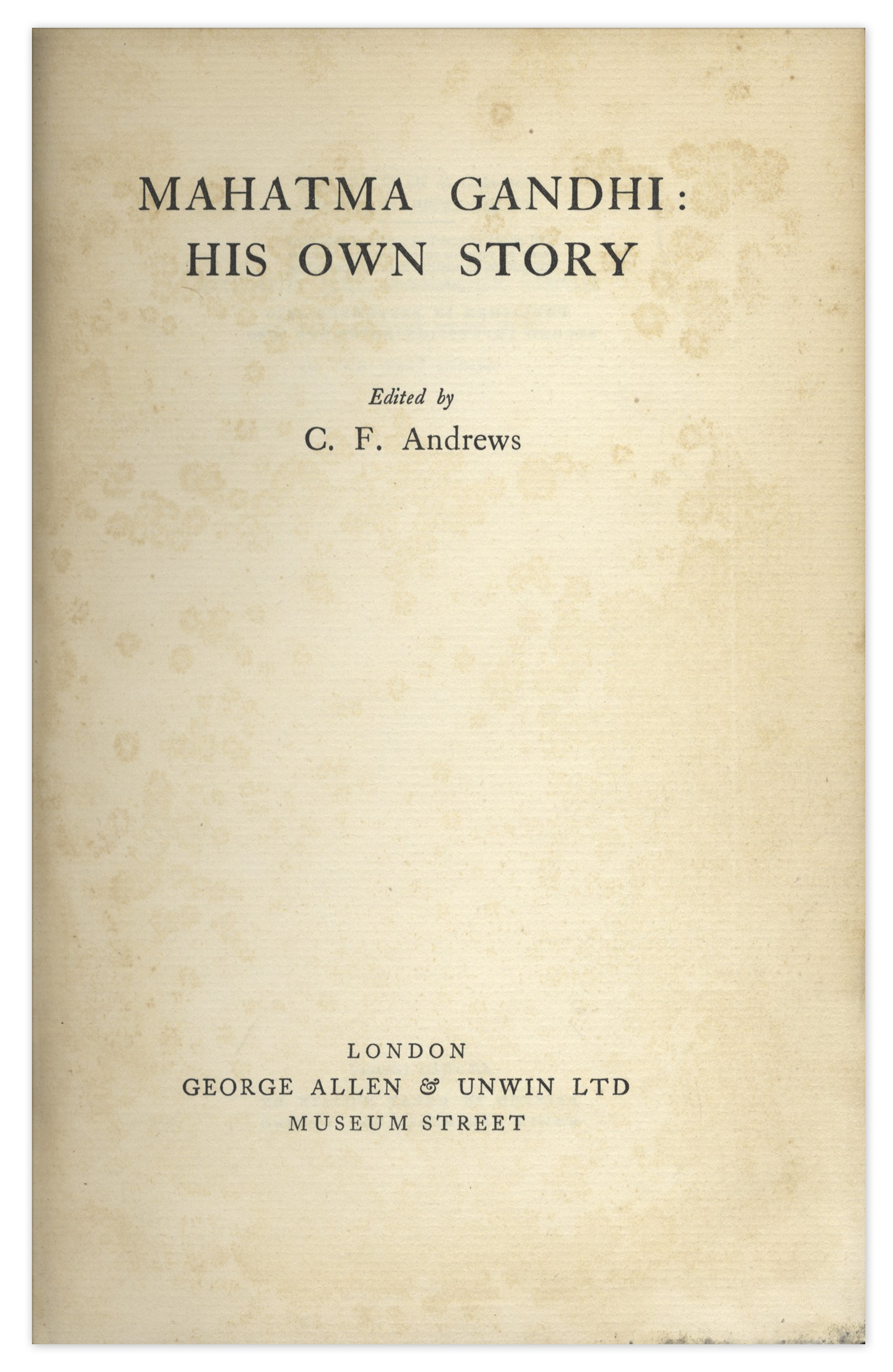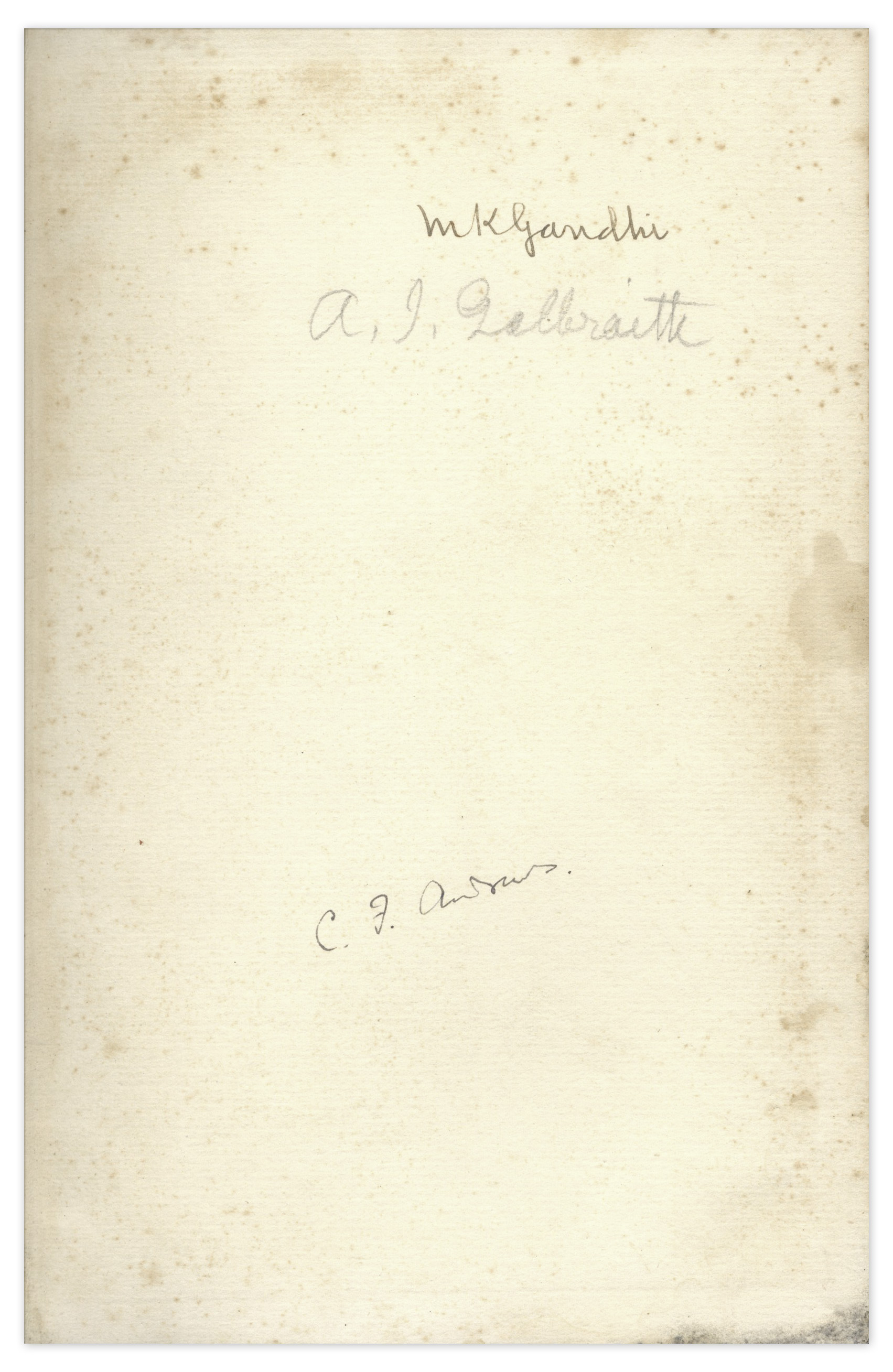

Yet, this privileging, in a way, does alter the central motive or purpose behind Gandhi writing his autobiography. In keeping with Gandhi’s own project of privileging truth over self, the translation of the title does not do any violence to Gandhi’s writing project. The English translation, by privileging the experimenting with truth over the story of the self/soul, merely reverses the reversible. The spirit that Gandhi borrows from his Christian/Western predecessors is that truth is very much the higher-order or master narrative that orders the narrative of the self/soul. It is not about his life as such, but his “experiments with truth”, which as we shall see, is about documenting a life of errors. Gandhi, however, clarified about his project, that “it is not a real autobiography”.

The autobiography was always an anxious enterprise to describe a journey of the self to be recovered, examined, vindicated, defended or simply guided in time through certain idealised visions.

But it is agreed that even when the autobiography took its modern, secularised form, the idea of the “self” always seemed to draw out, under autonomous garbs, certain religious and normative ideas, thus never really abandoning the allegorical influence. Commentators see it as a narrative form where the immanent temporal form of the autobiography is displaced by the scheme of allegory. The autobiography is traced back to Saint Augustine’s Confessions. Is there any special significance that underlies this privileging? The order is reversed in the English translation, where ‘An Autobiography’ has primacy.” The mode of autobiographical writing with its roots in early Christianity that influenced its practitioners in India since the nineteenth century, took precedence in the book’s English title over Gandhi’s foregrounding his narrative as a story-telling of truth. Suhrud clarifies a further twist in translation, that “the title Satya Na Prayogo athva Atmakatha foregrounds the experiments with Truth. This distinction gets blurred in the English rendering, ‘autobiography’.” What Gandhi wanted to write was an atmakatha and not a jivan vrutant. Suhrud writes, “In the original Gujarati, Gandhi introduced this difference through two forms, jivan vrutant (autobiography or the chronicle of life) and atmakatha (the story of a soul). Reintroducing the English translation of Gandhi’s autobiography to readers, Tridip Suhrud informs us in the new, critical edition of Gandhi’s An Autobiography or The Story of My Experiments with Truth (January 2018), published originally by Penguin (India) and later by Yale University Press (US), that the title of the English translation reverses Gandhi’s intention, and along with it, the precise nature of the book. The error became for me a beacon-light of warning.

Note: This article was originally published on August 05, 2018, and was republished on October 2, 2020.


 0 kommentar(er)
0 kommentar(er)
